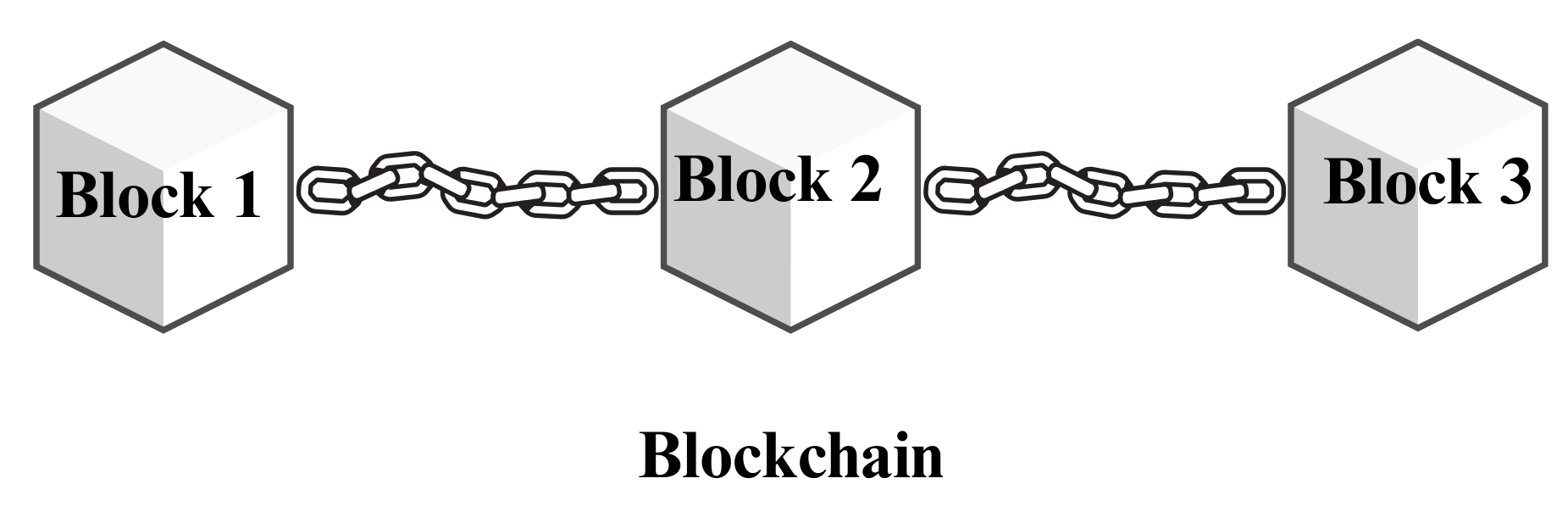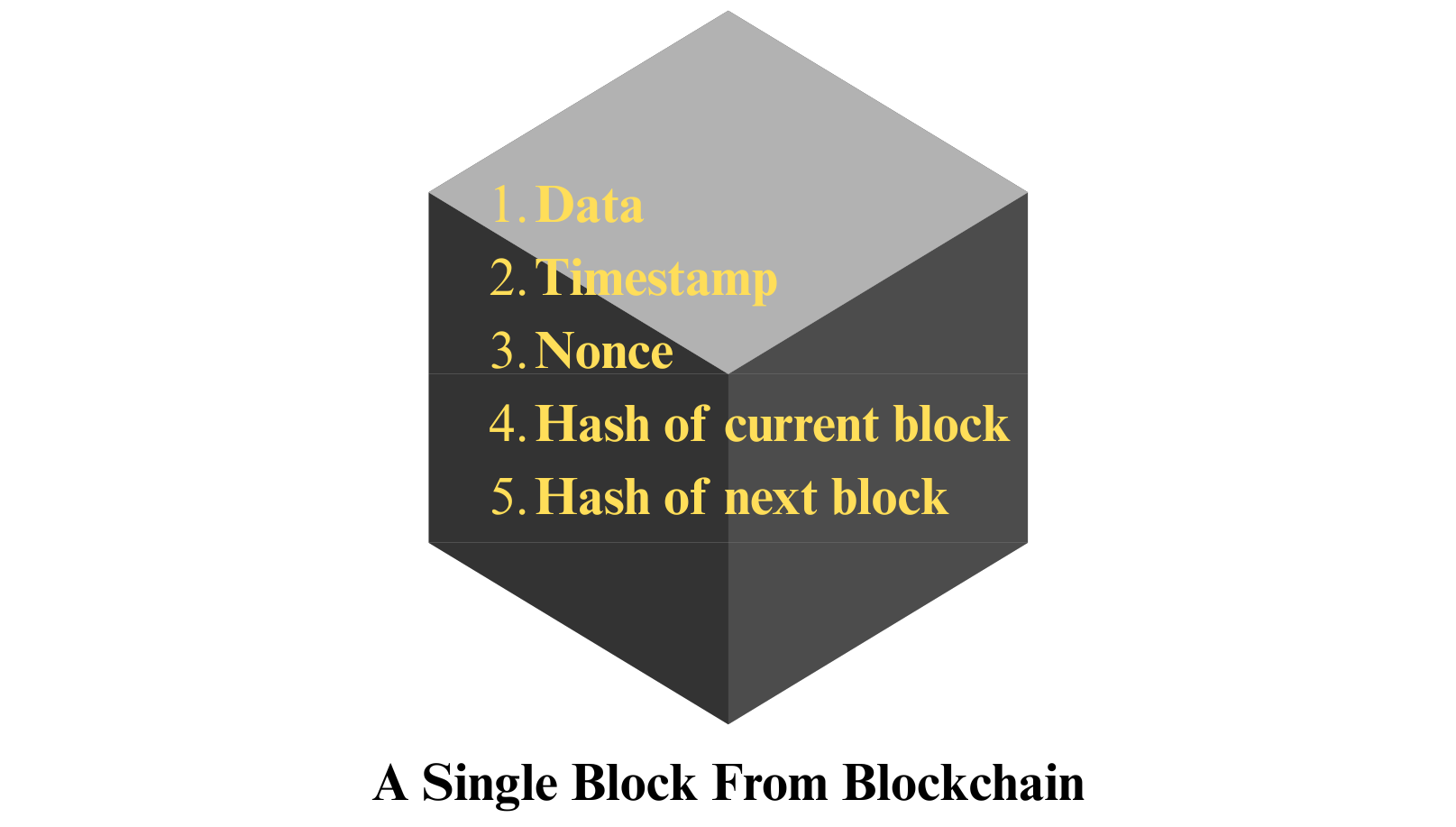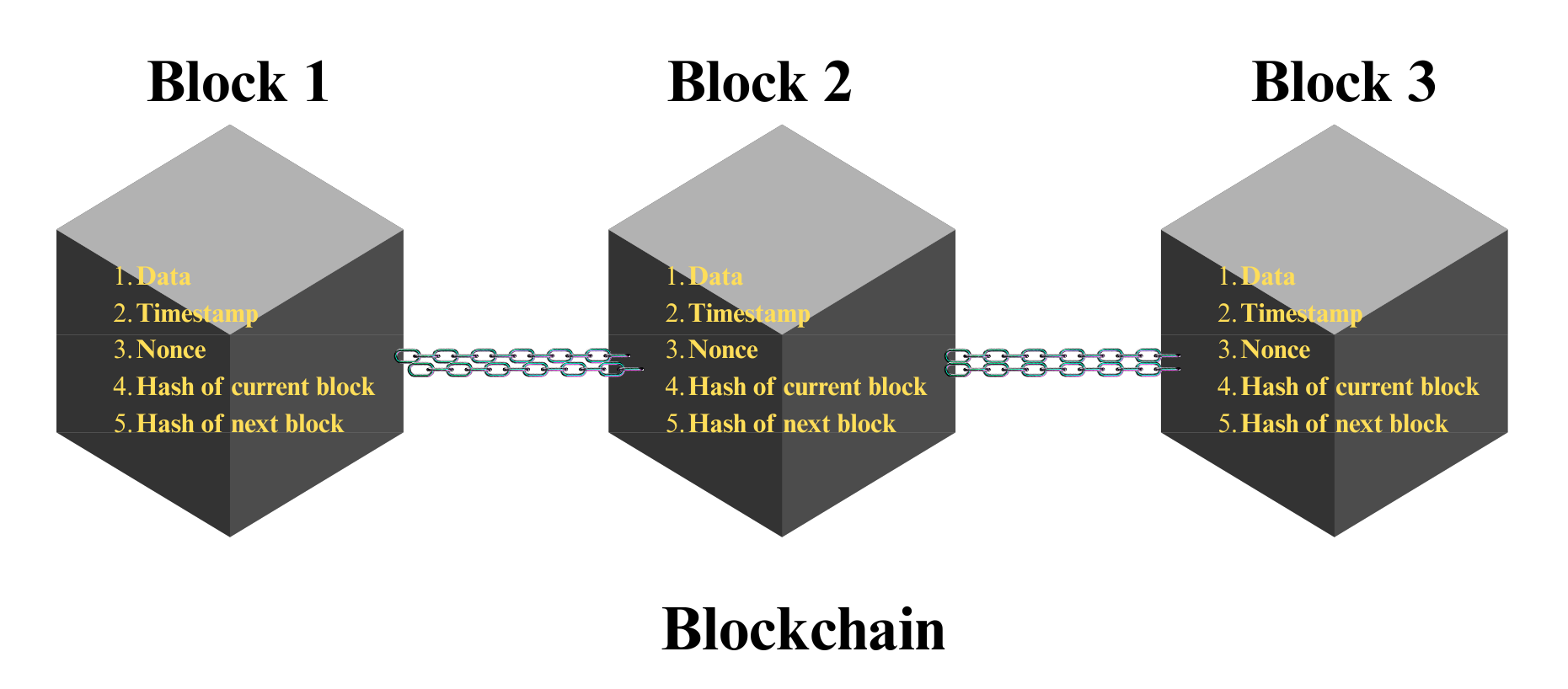Topic 1: Need of Blockchain
Once upon a time in a village named Techgaon, all the villagers used a big notebook in the town hall to record important things — who owned which land, who borrowed money from whom, and who had paid their taxes.
At first, this system worked well because everyone trusted the town clerk, Mr. Narayana, who managed the notebook.
But one day, Mr. Narayana made a mistake. Some people bribed him to change records in their favor. The villagers started arguing:
- "That land is mine!"
- "No, it says here I own it!"
- "But I never signed that!"
The village descended into chaos. People no longer trusted the notebook or Mr. Narayana. That’s when a young girl named Sanika came forward with a revolutionary idea.
“And what if each new page of the notebook is linked to the previous one in a way that it can’t be changed?”
Sanika explained:
- Each person would keep a copy of the notebook (ledger).
- Every time someone adds a new transaction (like a land sale), it’s checked by everyone before it’s approved.
- Once verified, the new page (or block) is added and locked using a complex code (hash).
- That page is then linked to the previous page, forming a chain — a blockchain.

Now, even if someone tries to change a page, it won't match the others. And because it's locked with code, it’s nearly impossible to fake.
The villagers loved the idea.
From that day, Techgaon became a truly trustless society — not because there was no trust, but because they no longer needed to trust one person. The system itself was trustworthy.
🎯 Moral of the Story (Why We Need Blockchain)
- ✅ To remove the need for a middleman.
- ✅ To make records tamper-proof and transparent.
- ✅ To ensure trust through technology — not just people.
- ✅ To protect against fraud, hacking, and manipulation.
Topic 2: What is Blockchain ?
A blockchain is a sequence of blocks (like digital pages), where each block contains key components and is securely linked to the previous one.
📦 Internal Structure of Block:
Let’s explore the 5 key components inside a block:
1️⃣ Data
The core purpose of a block is to store data.
This could be:
- 💸 Financial transactions (e.g., Alice pays Bob 5 BTC)
- 📜 Smart contracts
- 🛍️ Supply chain records
- 🔐 Any digital information
2️⃣ Timestamp
Records the exact time and date when the block was created.
It ensures chronological order of events and helps prevent double-spending and fraud.
3️⃣ Nonce ("Number Only Used Once")
This is the "magic number" used in mining. Miners try thousands or millions of nonces to find a hash that starts with a required number of zeros.
Once such a nonce is found, the block is considered valid.
This process makes mining difficult — ensuring security through computational effort.
4️⃣ Hash of the Current Block
This is a unique fingerprint of all the block’s content (data, timestamp, nonce, and previous hash).
It’s generated using cryptographic functions like SHA-256.
If even 1 bit of data changes, the entire hash changes drastically.
Note: If someone modifies a transaction, the hash will change and break the chain — making tampering easily detectable.

5️⃣ Hash of the Previous Block
This links one block to the previous one — like holding hands in a chain.
If someone tries to change any block, it will break the link with the next block.
This linkage builds trust in the integrity of the entire blockchain.
How They Form the Chain:
Each block contains the hash of the previous block, making it mathematically linked. This chain of blocks forms the “blockchain”.
Structure: Block 1 → Block 2 → Block 3 → Block 4 → ...